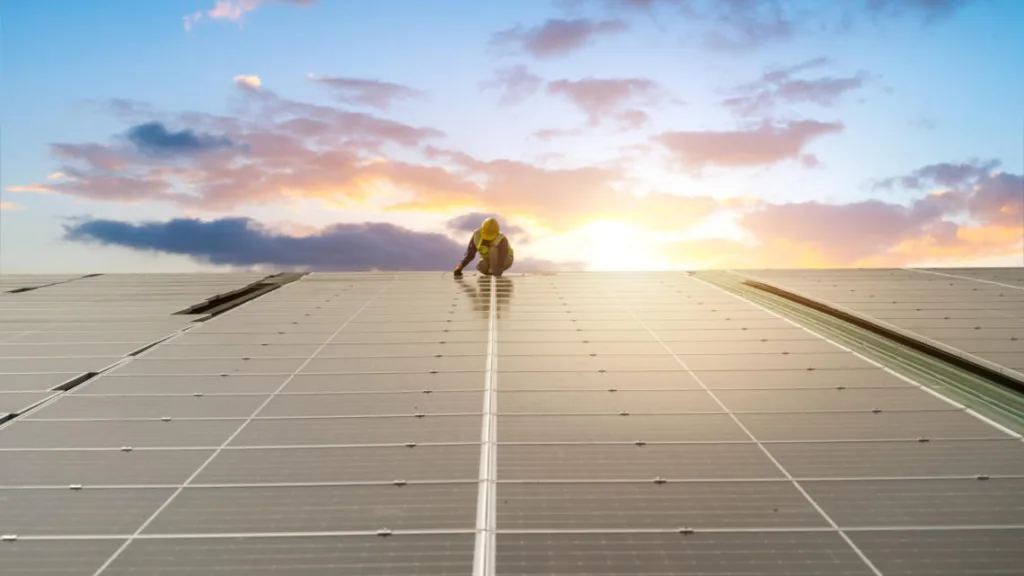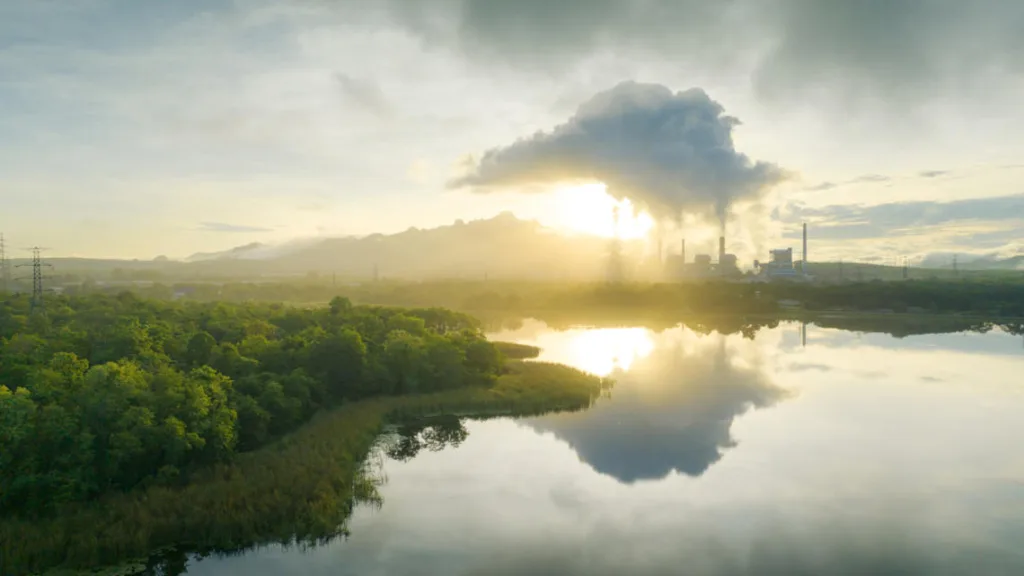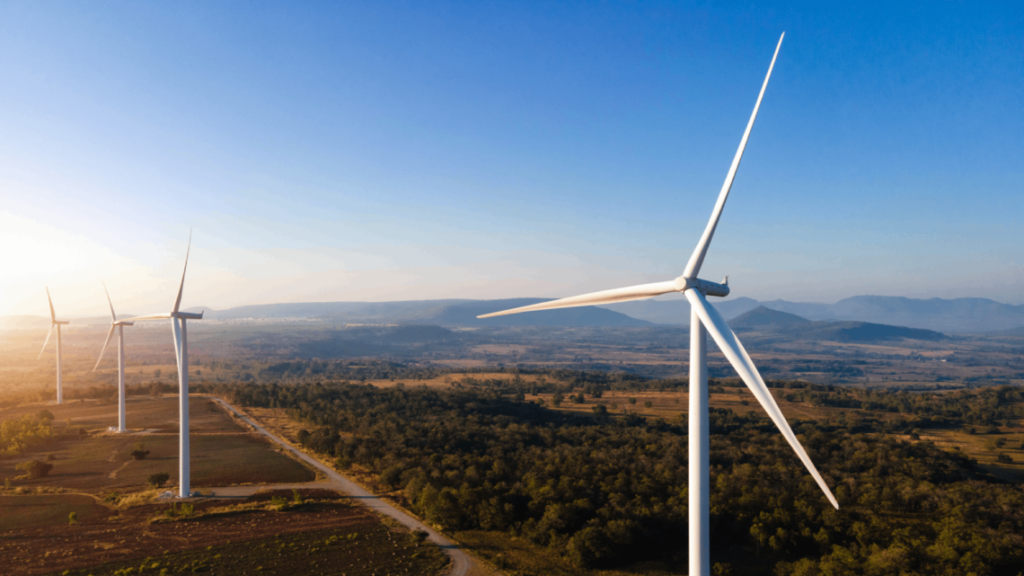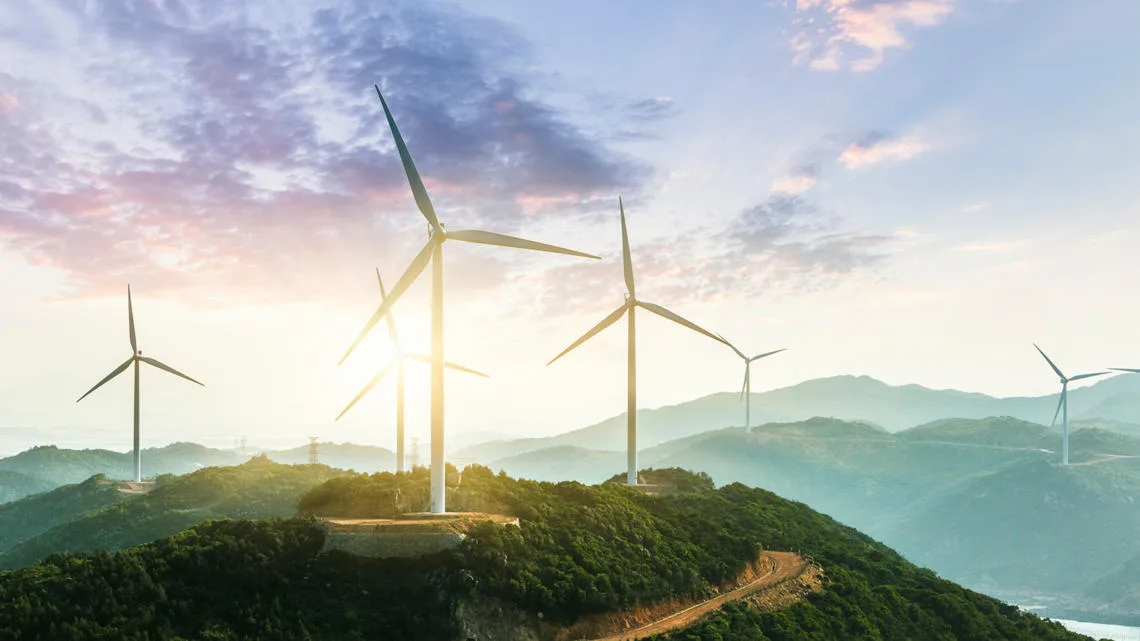Authors
Lucy Hunt
We’re getting used to hearing good news in the renewable energy sector. Wind and solar power smash their own price records month after month, renewable energy generation efficiencies are inching up and up and the sheer number of renewable energy solutions entering the market seems limitless.
And then earlier this year COVID-19 struck, endangering millions of lives and livelihoods around the world. The crisis has seen lockdowns imposed, businesses and factories shut and electricity demand plummet – prompting the renewable energy sector’s first major hit.
We were concerned. The renewable energy transition is at a critical point: while we urgently need implementation to speed up, lockdown-related supply chain delays, site access constraints and economic uncertainty threatened to push us back by a year or even more.
These delays risk severe impacts on renewables and the energy system transformation more broadly. Importantly, they endanger global progress on decarbonizing the energy system and in turn achieving the Paris Agreement, crucial to limiting dangerous warming and securing a safe operating space for people and planet.
In addition, accelerating deployment of renewable electricity drives economic growth and creates jobs, which we need now more than ever. The International Energy Agency (IEA) predicts that through the right policies and targeted investments to make energy systems cleaner and more resilient, we can boost global economic growth by an average of 1.1 percentage points annually and ensure nine million jobs a year.
Business is leading in sustaining and driving renewable energy
To overcome COVID-19 setbacks, we need to double down on accelerating the renewable energy transition. Economic stimulus packages announced by countries around the globe will provide much needed investment, but can only go so far.
More action is needed and business is already taking up the reins. Large companies purchasing electricity for their operations have created a clear demand signal over the past decade by committing to 100% renewable electricity targets and sourcing ever greater proportions of their electricity demand from renewable sources, driven by sustainability and economic incentives. Energy suppliers have responded by offering new renewable energy solutions that meet the needs of this burgeoning demand.
PPAs are key to meeting company demand for renewable electricity
Corporate renewable power purchase agreements (PPAs) have grown rapidly in popularity for several years as a method for large companies to source renewable electricity.
The global cumulative volume of corporate renewable PPAs nearly tripled in the past two years, reaching over 50GW by the end of 2019. Since 2015, the WBCSD Corporate Renewable PPA Forum has brought together companies from the full renewable electricity value chain to increase understanding and use of corporate renewable PPAs globally. WBCSD provides many resources to help companies understand the opportunities that PPAs offer, and how to manage associated risks.
Lockdowns and economic uncertainty have impacted PPAs and corporate renewable sourcing in the short term
We’ve been closely watching developments around corporate renewable sourcing and PPAs over the past few months, exchanging insights with our members, partners and experts in the sector.
During the pandemic, electricity demand decreased by as much as 20% in countries on full lockdown and electricity prices dropped dramatically due mostly to the simultaneous impacts of the COVID-19 pandemic, low gas prices and the oil price war. These impacts threatened to slow the pace of implementation for corporate renewable sourcing and PPAs, which in turn intensifies consequences for the renewable energy transition.
However, the effects have been smaller than anticipated. BloombergNEF revealed that 8.9 GW of corporate renewable PPA capacity has been signed in 2020 through July, pacing ahead of the same period in 2019. Progress this year has also been more spread across the globe – activity in the US, the largest market for PPAs, has dropped significantly. Emerging national markets in Latin America, Europe and Asia have picked up the slack, and need to continue to do so to beat the record set in 2019.
Companies have also pledged their continued support. Commitments to source 100% renewable electricity through RE100 have continued to grow throughout the pandemic and are now approaching 250 companies globally. In June 2020, over 50 major companies signed an open letter to the European Commission to reiterate the essential role of corporate renewable sourcing to European green growth and to call on the EU to unlock its potential in Europe.
We expect to see more changes for PPAs in the medium term
With every crisis comes an opportunity to pause, analyze the situation, assess the lessons learned and approach things differently. Now we’re probing how PPAs can adapt to make corporate renewable sourcing even stronger in a post-pandemic world. Through our work on PPAs over the last five years we can say without doubt that PPAs are no stranger to complexity – they are extensive electricity contracts with multiple parties sharing multiple risks and benefits. But with this complexity comes adaptability: making them the perfect tools for innovation amid difficult circumstances.
There are three key areas where we expect to see changes in the medium to long term.
1. Companies will need to maintain momentum with fewer resources
In the short term, businesses have been understandably focusing on health concerns and maintaining safe business operations amid a pandemic. In a few cases, renewable energy procurement and particularly entering long term PPAs have been pushed down the agenda as a result.
If there are lasting impacts on business priorities, companies will still be faced with the need to meet their decarbonization and renewable energy targets but with reduced resources. Where resources are squeezed, we anticipate demand for different sourcing models, including shorter term deals, more third-party risk management solutions and simplified contracting (e.g. greater use of standardized contracts).
2. More innovative pricing structures could better meet needs of electricity buyers and suppliers alike
Still reeling from the recent electricity price fluctuations and as economics tip ever more in favor of renewables and away from fossil fuels, potential exists for innovation in pricing for corporate renewable PPAs.
Fluctuating wholesale electricity prices have reduced the delta of opportunity for advantageous pricing for both parties between the wholesale electricity price (i.e. the price the supplier could receive from the market) and the levelized cost of electricity (the cost to produce electricity from a particular renewable energy project which is the minimum cost that needs to be recuperated). More innovative PPA pricing structures could provide a better deal in the long term for corporate buyers and suppliers alike.
3. Increased credit risk will bring alternative credit support mechanisms and multi-buyer PPA structures
While many well-rated large companies are showing resilience and the financial capacity to withstand COVID-19-related disruptions, others – particularly in sectors slow to recover such as transport, retail and hospitality – will likely find it more difficult.
We’ve seen the first companies downgraded by credit rating agencies and more may follow. This could have a dual impact on PPAs, as project developers face a reduced pool of creditworthy off-takers, and renewable electricity buyers may see higher costs due to increased need for bank guarantees to compensate for rating downgrades.
Efforts to address credit risk include at country level in Norway, where the Power Purchase Guarantee Scheme provides government-backed guarantees to renewable electricity sellers and lenders for 7-25 year corporate power purchase contracts, and at company level where buyer consortiums spread credit risk across multiple offtakers. We expect to see more innovative examples of credit risk mitigation as the economic downturn intensifies this risk.
Business will continue to lead the renewable energy transition
COVID-19 and the economic downturn are by far the biggest challenges that the renewable electricity sector and the corporate renewable PPA movement have faced in recent years. This comes at a time where we urgently need to ramp up deployment of renewables to help limit global warming to 1.5°C.
Business has shown its commitment to driving the renewable energy transition by continuing to set ambitious renewable energy targets and persisting through the pandemic to implement them.
Companies now need to prove their resilience and adaptability to changing circumstances while keeping up their strong contribution to the energy transition. Resilient by nature, PPAs offer a crucial tool to do this, as they can be designed to withstand market volatility and contribute to the new build out of renewable energy. We’re confident that companies will step up to the challenge.
WBCSD news articles and insights may be republished in accordance with the Creative Commons Attribution-NonCommercial-NoDerivatives 4.0 International Public License, and in accordance with our Privacy Policy. All Content must be featured with due credits.
Outline
Related
Content

Renewable electricity procurement: blazing a trail from innovation to leadership
27 April, 2023

Carbon removals: Why a portfolio approach is key to achieving climate goals
19 April, 2023

WBCSD updates the climate scenario analysis tool for companies to leverage in their climate-related financial disclosures
31 March, 2023
